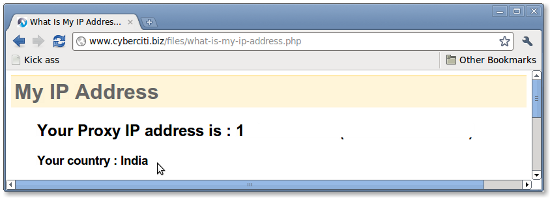
As you may well currently know, units in the details connection layer count on MAC addresses for their communication. Their frames encapsulate packets that include IP deal with information and facts. A device will have to know the desired destination MAC handle to connect domestically via media kinds like Ethernet or Wifi, in layer two of the OSI model. Understanding how ARP operates can help you find IPs and MAC addresses rapidly. The subsequent information flow diagram can assistance you understand the idea:The regional pc sends a ping (ICMP echo ask for) to a place IP tackle (remote laptop) inside the exact same segment. Regrettably, the local computer does not know the MAC address… it only appreciates the IP address. The spot hardware tackle is mysterious, so the ICMP echo request is set on hold.
The regional laptop only understands its source/destination IP and its source MAC addresses. ARP works by using two styles of messages, ARP Ask for and Reply. The neighborhood computer sends an ARP Request message to obtain the proprietor of the IP address in query. This concept is sent to all equipment within the very same section or LAN via a broadcast MAC (FF:FF:FF:FF:FF:FF) as the desired destination. Because the remote computer is portion of the exact network segment, it receives the broadcast message sent by the community computer.
All other personal computers in the LAN also receive the broadcast but they know that the vacation spot IP is not theirs, so they discard the packet. Only the remote laptop with location IP, responds to the ARP Request with an ARP REPLY, which contains the concentrate on MAC handle. The regional personal computer receives the ARP REPLY with the MAC handle.
It then resumes the ICMP echo ask for, and lastly, the distant laptop or computer responds with an ICMP echo reply. Finding IPs with ARP. You can use ARP to obtain an IP from a recognised MAC handle. But first, it is crucial to update your what-is-my-ip co community ARP table in order to get information from all units in the network. Send a ping (ICMP echo reply) to the full LAN, to get all the MAC entries on the desk. To ping the full LAN, you can send a broadcast to your network. Open the Command Prompt in Home windows or terminal in macOS and style. My subnet is 192. 168. /24 (mask of 255. 255. 255. ), so the broadcast address is 192. 168. 255 which can be calculated or observed with a “Print Route” command in Windows or a “netstat -nr” in macOS. Or can also be attained with a subnet calculator. For Windows:Step one. Open the CMD (Command Prompt) Go to the “Commence” menu and select “Operate” or push (Windows vital R) to open up the Operate application In the “Open” textbox kind “cmd” and push “Ok”. This will open the command-line interface in Home windows. Step two. Enter the “arp” command.

The arp command without having any further arguments will give you a list of solutions that you can use. Step three. Use the arp with supplemental arguments to obtain the IP within just the exact same community section. With the command “arp -a” you can see the ARP desk and its entries recently populated by your pc with the broadcast ping. Step 4. Reading the output. The info exhibited in the arp-a is essentially the ARP desk on your pc. It shows a checklist with IP addresses, their corresponding bodily address (or MAC), and the variety of allocation (dynamic or static). Let’s say you have the MAC deal with sixty-thirty-d4-seventy six-b8-c8 (which is a macOS gadget) and you want to know the IP. From the outcomes shown above, you can map the MAC tackle to the IP deal with in the same line. The IP Tackle is 192. 168. 102 (which is in the exact same community section) belongs to 60-thirty-d4-seventy six-b8-c8.
Company Reviews